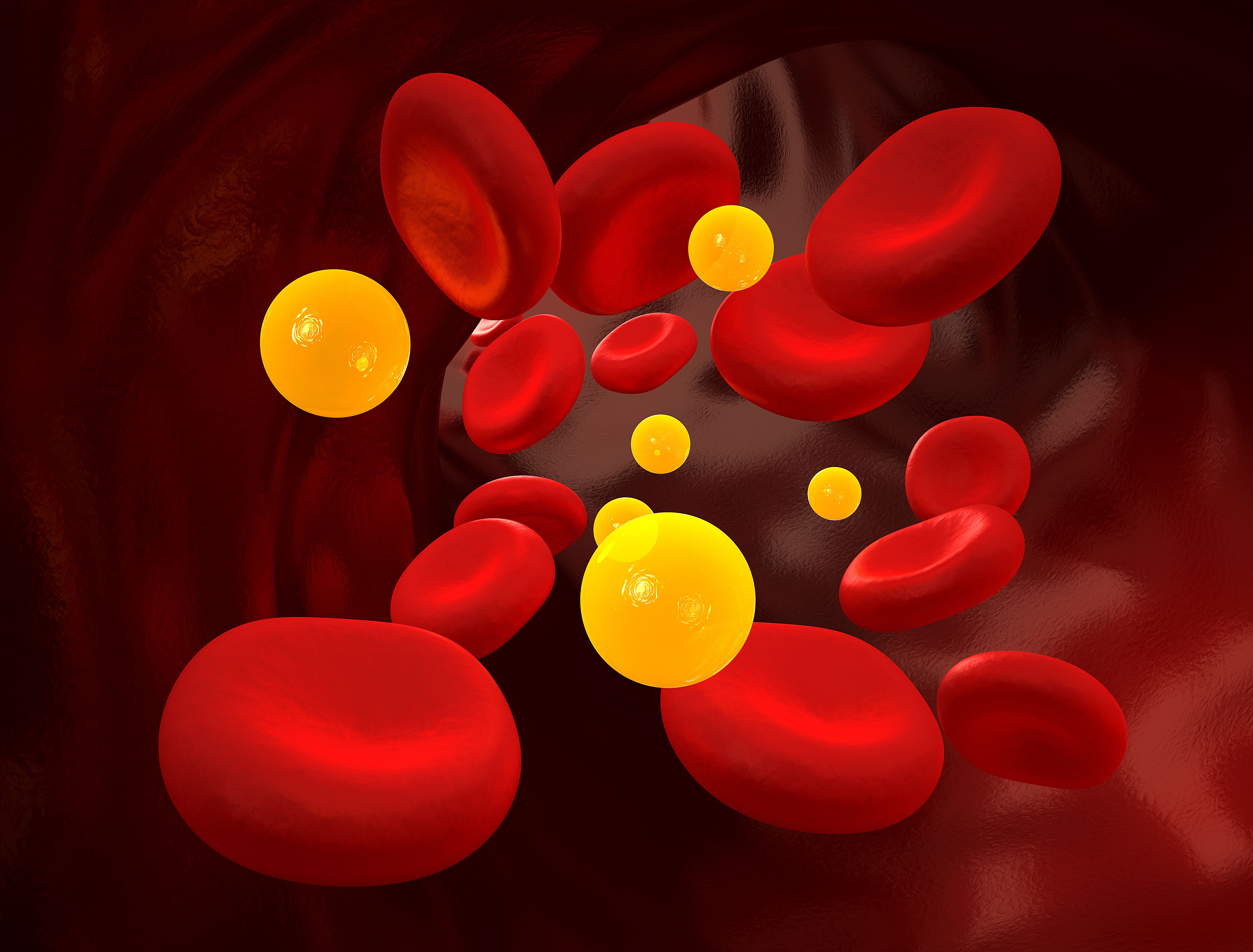Article
Study Details Gaps in Diagnosis for Homozygous Familial Hypercholesterolemia in the US
Mary P. McGowan, MD

Data from an analysis of the CASCADE FH Registry is calling attention to gaps in care for younger patients with homozygous familial hypercholesterolemia (HoFH).
Presented at the American Academy of Pediatrics (AAP) 2022 national conference, results of the study raise concerns that, in some instances, only children with the most severe phenotypes may be diagnosed and receive treatment for HoFH, which investigators noted could be addressed with consistent routine screenings in children aged 9-11 years.
“These findings and recent improvement in lipid lowering therapies make a compelling case for rigorous compliance with AAP’s guidelines on lipid screening for children with a family history of FH or ASCVD at age 2,” said study investigator Mary P. McGowan, MD, chief medical officer of the Family Heart Foundation, in a statement. “This should be followed by cascade family screening. Unfortunately, even routine screening between ages 9 and 11 as recommended by the AAP is not the standard in the United States. There is a clear need to implement universal screening so that all children with HoFH and the less severe heterozygous familial hypercholesterolemia (HeFH) are consistently identified.”
With an interest in the exploration of characteristics and treatment outcomes among patients with HoFH, McGowan and a team of colleagues designed their study to further contribute to the existing knowledge base examine potential differences in patient characteristics based on age at diagnosis from the CASCADE FH Registry. A longitudinal observation study created by the Family Heart Foundation in 2013, the CASCADE FH Registry is billed as the only active national FH patient registry and includes data from 5465 enrolled patients from 40 clinical sites across the US.
From the registry, investigators obtained data from 67 individuals with HoFH for inclusion in the current analysis. Of the 67 patients identified for inclusion, 16 were patients diagnosed before turning 18 years old and the remaining 51 were adults at the time of enrollment into the registry. The median age at diagnosis of HoFH was 2.0 (IQR, 2.0-3.5) years among children and 12.6 (IQR, 4.1-26.5) years among adults.
Initial analysis demonstrated the untreated levels of LDL-C were significantly greater among those enrolled as children compared to those enrolled as adults (776 [IQR, 704-892] mg/dL vs 533 [95% CI, 467-702] mg/dL; P=.001). Investigators also pointed out 18.8% and 43.8% of those enrolled as children had evidence of aortic valve stenosis and ASCVD, respectively, with a median age of onset for ASVD of 8.9 years. Further analysis suggested the earliest reported diagnosis of cardiac disease occurred at ages 2 and 3 years in children who underwent curative liver transplants at 4 and 8 years, respectively.
Investigators highlighted that, despite a more severe phenotype, children did not uniformly develop tendon xanthomas or corneal arcus and had younger family members with lower rates of ASCVD. Additionally, investigators noted treatment was associated with substantial reductions in LDL, but only 25% of children achieved LDL-C target goal.
This study, “Characterization of Children with Homozygous Familial Hypercholesterolemia from the CASCADE FH® Registry,” was presented at AAP 2022.





